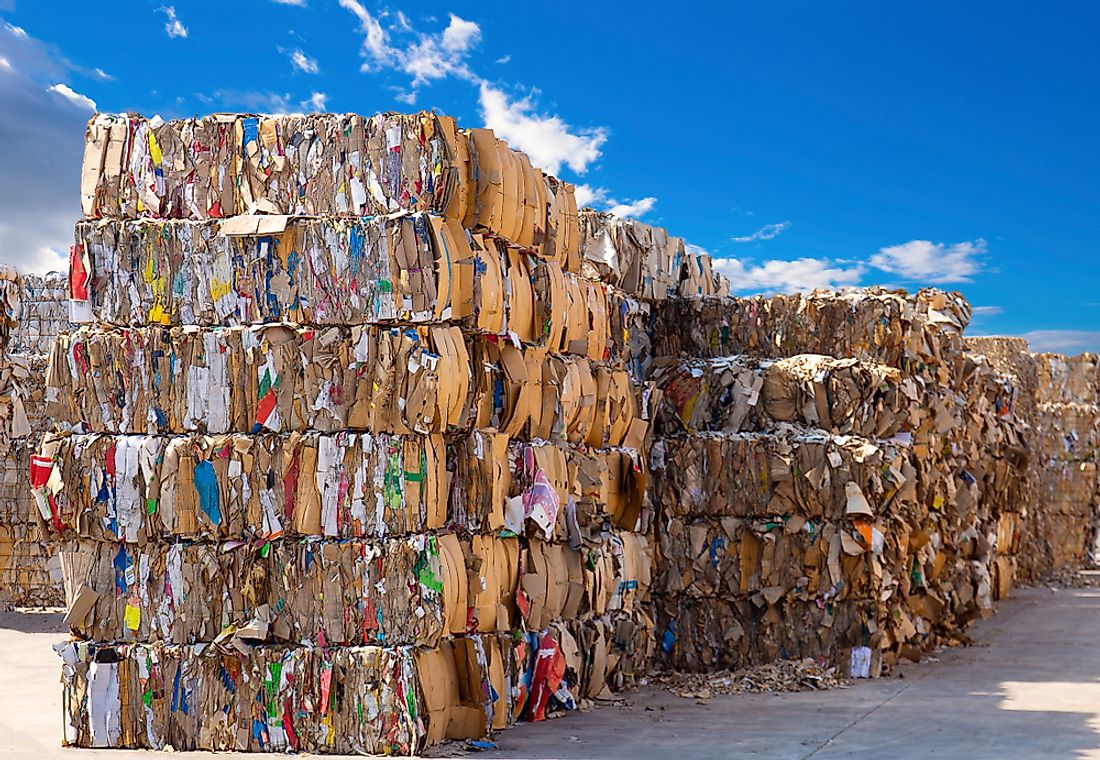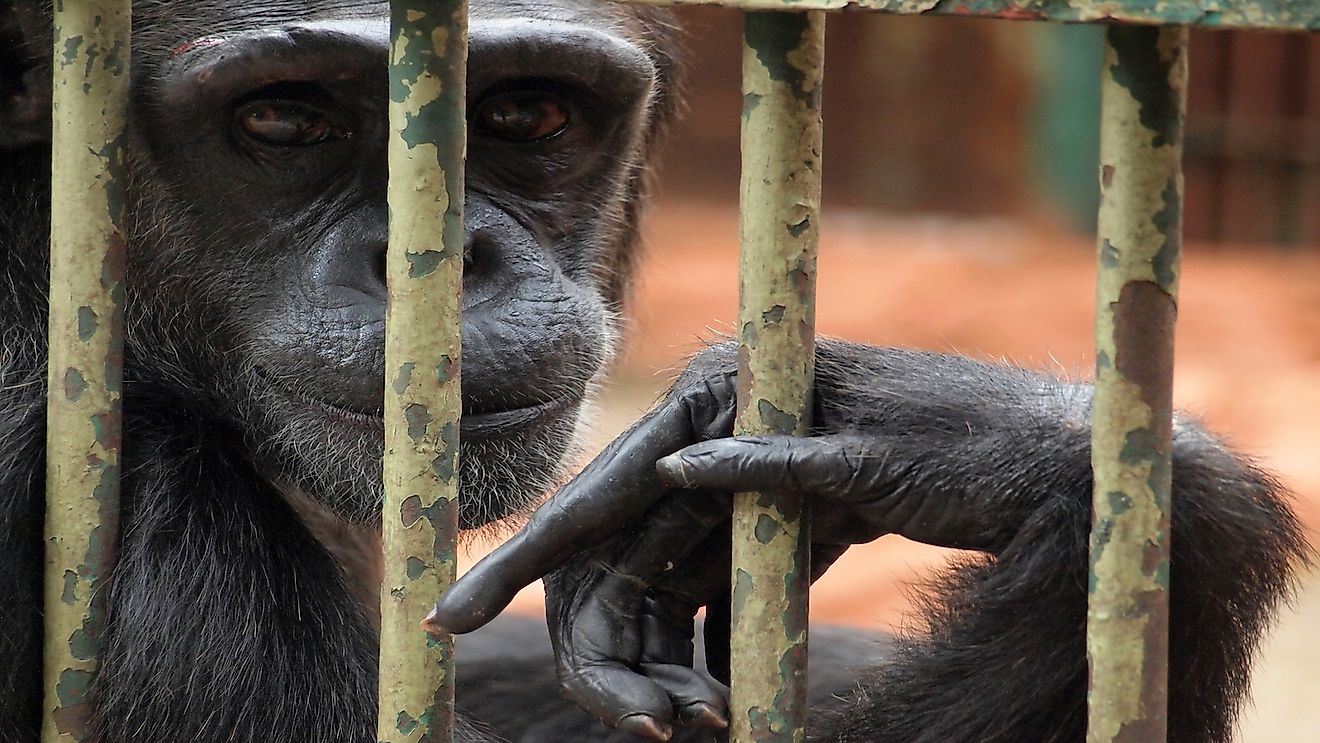What Happens to All Of Our Garbage?

The challenge of how to cut down on and/or manage waste is one of the most pressing issues of our time. On the surface, it seems like an insurmountably massive problem. After all, according to the Environmental Protection Agency, the United States generated more than 250 million tons of garbage in 2012 alone. Assuming that the average capacity of a dump truck is 27 tons, that's the equivalent of nearly ten million dump trucks worth of trash!
So, where does it all go? This article takes a look at what exactly happens to our garbage once we part ways with it.
Temporary Locations
Regardless of where you might discard it, your trash goes through several stations and facilities on its way to its end location.
One of the first places where the garbage arrives is a transfer station. It is a short-term location where the waste is prepared and compressed so it can continue its journey. It may also visit a material recovery facility where the usable material is separated from the rest. Some of those MRF’s are called "clean", and some are "dirty". The "clean" ones sort the recyclable waste that has already gone through some sorting protocol, whether it’d be in a household or a larger unit as a business. The "dirty" MRF’s are left to sort recyclables that have not already been sorted from unrecyclable trash.
Final Destinations
After the garbage has been compressed and sorted, there are four different places where it can arrive, depending on the potential function of the garbage.
Landfills
The majority of the US garbage ends up in landfills (more than 50%). This fact takes on a different note once we realize that landfills are not designed for recycling waste, but only to store it. This means that, although this garbage will decompose in time on its own, there is no process in place to speed it up. It is made out of layers upon layers of garbage, clay, and plastic sheets that create an environment without oxygen. Since the garbage usually involves a lot of remaining fluids from used products, the drainage system is designed out of pipes and drains.
Recycling and Composting Facilities
The aim behind recycling and composting waste is to be able to use it again in the form of new and usable objects. The difference between these facilities is in the kind of waste they use. Composting facilities will use organic waste like food and turn it into compost that can be used purposefully afterward. Recycling facilities, on the other hand, typically process glass, paper, plastics, and aluminum and turn it into raw material for the initial lifecycle of a new product.
Industrial Trash Incinerators
These large furnaces are created to, quite literally, incinerate the solid public garbage. Since they operate at around 1,800 Fahrenheit, pretty much anything that enters the chambers of these incinerators is turned to ash. Due to the nature of the process that the garbage goes through, trash incinerators reduce the volume of the trash at an impressive scale, leaving it at about 5% of its original size.
Anaerobic Digesters
The process of anaerobic digestion refers to the use of microorganisms to create energy from organic waste. The tanks in which the process takes places can typically be found on farms which produce large amounts of organic waste. Besides the production of energy, these digester tanks also produce fertilizers which are essential for farming.
Although the majority of our household and corporate garbage gets sent to landfills, this trend is slowly changing towards the goal of zero waste. Not only are the goals changing due to our environmental needs, the technology that will be able to assist in this transition is also developing. If we remain on a current steady course, the amount of landfill garbage should decrease while we improve our ways of recycling and waste disposal.











